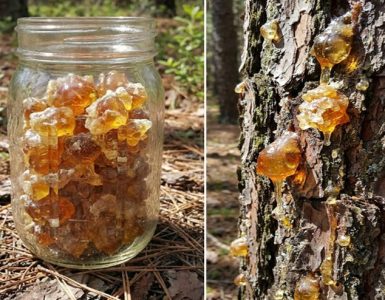Calendula, often referred to as “pot marigold,” has captivated gardeners, herbalists, and health enthusiasts for centuries. Its striking orange and yellow flowers not only brighten up gardens but also offer a wide range of health benefits, making it one of the most revered herbs in natural medicine. Let’s explore the many facets of Calendula and understand why it has become a staple in herbal remedies, skincare products, and more.
A Brief History of Calendula
Calendula officinalis, commonly known as Calendula, has its origins in the Mediterranean but quickly spread across the globe due to its versatility and resilience. Historically, it was used by ancient Egyptians for its rejuvenating properties, while the Greeks and Romans employed it to heal wounds and skin irritations. In medieval Europe, it was a go-to for treating common ailments and even as a culinary addition.
Medicinal Properties and Health Benefits
Calendula is renowned for its anti-inflammatory, antifungal, and antibacterial properties. These attributes make it particularly effective for:
Skin Healing: One of Calendula’s most popular uses is in treating skin conditions. From minor cuts and scrapes to burns and insect bites, Calendula’s soothing and healing properties can promote faster recovery. Its extracts are often found in creams, salves, and ointments, making it ideal for sensitive or irritated skin.
Wound Care: Thanks to its antiseptic qualities, Calendula can prevent infections and aid in wound healing. It is widely used in treating ulcers, skin sores, and surgical wounds.
Anti-inflammatory Benefits: Calendula’s powerful anti-inflammatory properties make it a great remedy for conditions like eczema and dermatitis. It helps reduce redness and irritation, while its moisturizing properties restore the skin’s natural balance.
Oral Health: Calendula is also effective in maintaining oral health. It is often included in natural mouthwashes and toothpaste due to its ability to combat bacteria and soothe mouth sores or gum inflammation.
Immune Support: Drinking Calendula tea can help stimulate the immune system, providing protection against colds and flu. It also acts as a detoxifying agent, aiding the body in cleansing harmful toxins.
Calendula in Skincare
Calendula’s gentle nature has made it a favorite in the skincare industry. It is suitable for all skin types, including sensitive skin, and is a common ingredient in baby products. It helps alleviate diaper rash and soothes dry or chapped skin. For adults, Calendula-infused oils and creams are often used to reduce the appearance of scars, fine lines, and acne.
Culinary Uses of Calendula
Surprisingly, Calendula’s uses extend beyond medicine and skincare. Its bright petals are edible and can be added to salads or soups for a pop of color and flavor. Historically, it has been used as a substitute for saffron due to its similar hue and mild peppery taste. Calendula is often used in herbal teas for its calming and anti-inflammatory effects, providing both flavor and health benefits in one cup.
Growing and Caring for Calendula
If you’re interested in harnessing the power of Calendula in your own home, the good news is that it’s incredibly easy to grow. Calendula thrives in sunny locations and well-drained soil. It is a hardy plant, capable of blooming in cooler weather and continuing throughout the summer. Whether grown in garden beds or pots, it requires little maintenance but rewards its caretakers with a stunning display of flowers.
Calendula is a truly versatile plant that has earned its place in natural medicine, skincare, and even the kitchen. Whether you’re using it to heal wounds, soothe irritated skin, or simply add beauty to your garden, this humble flower offers endless benefits.






Add comment